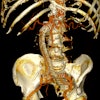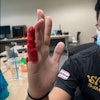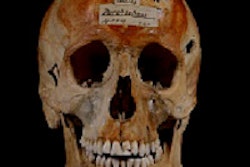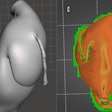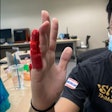Dear Advanced Visualization Insider,
Current techniques for forensic determination of the sex and age of human bones are both time-consuming and frequently inaccurate -- not a good combination. Austrian researchers, however, have developed a computer algorithm that can accurately and reliably handle both tasks.
The Medical University of Vienna team deployed a surface analysis program commonly used for computer-aided detection (CAD) in virtual colonoscopy, and found that it significantly outperformed both visual assessment and a conventional technique called the Knussman scheme. International editor Eric Barnes has our coverage of the research, which was presented at ECR 2013.
We also have more news from the Vienna meeting in your Advanced Visualization Digital Community, including an article that addresses the thorny problem of integrating prone and supine virtual colonoscopy datasets. A U.K. team has developed a matching algorithm that achieved a high fold-matching accuracy of 96%. Get the details here.
A multi-institutional study also found that a computer-aided diagnosis method could characterize lung nodules nearly as well as an expert thoracic radiologist. What else did they find? Click here to learn more.
In other features this month, Dr. Adrian Thomas shares his thoughts on the new and old topic of virtual autopsy in a column for AuntMinnieEurope.com. Thomas, chairman of the International Society for the History of Radiology and honorary librarian at the British Institute of Radiology, shared how the concept of postmortem imaging dates back to as early as the 19th century. Find out more here.
Associate editor Cynthia E. Keen has coverage of a recent German study that found radiologists are more interested in CAD results than in viewing the analytical processes behind the software. You can read all about that by clicking here.
Do you have an idea for a topic you'd like to see covered? As always, please feel free to drop me a line.
